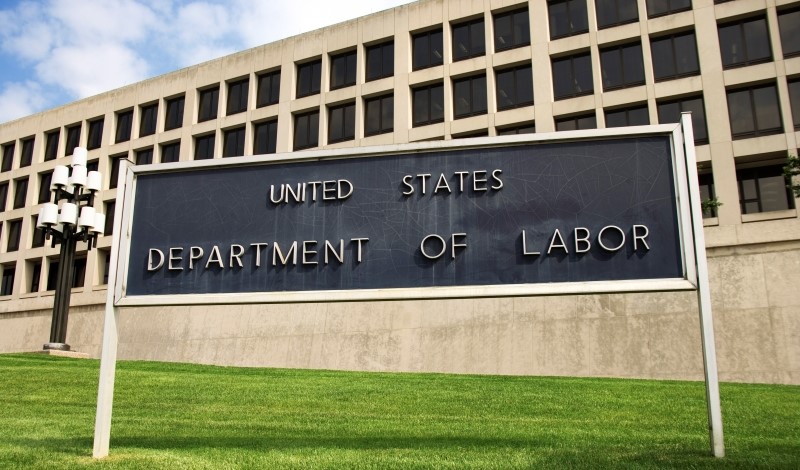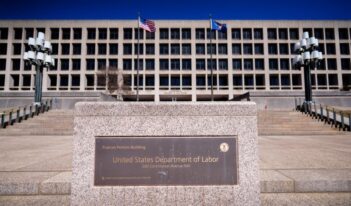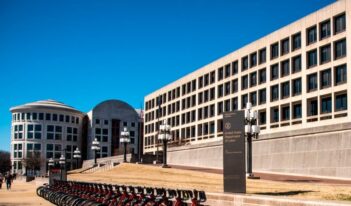
Scholars and practitioners assess recent changes to ERISA regulations that allow greater choice in investing.
The Employee Retirement Income Security Act of 1974 (ERISA) governs approximately 734,000 retirement plans throughout the United States, encompassing about $12 trillion in total investments. ERISA-regulated plans are administered by fiduciaries, who must meet certain obligations when determining how to invest plan assets.
Earlier this year, the U.S. Department of Labor issued a rule amending existing ERISA regulations to allow plan fiduciaries to consider environmental, social, and governance (ESG) factors in investment decisions. Under the new rule, fiduciaries must still base their decisions on risk-return analysis when choosing how to invest plan funds, but when investment alternatives present equal financial benefits fiduciaries may now choose between alternatives based on collateral benefits rather than on pecuniary factors alone.
The Labor Department’s updated regulation faced opposition in Congress because of the rule’s approval of ESG factors in financial decision-making. With a narrow 50-46 majority, the U.S. Senate voted in March to disapprove of the Labor Department’s final rule—affirming a similar resolution of disapproval that had previously passed in the U.S. House of Representatives. But President Joseph R. Biden vetoed the joint resolution in late March, allowing the rule to take effect. He defended the new ESG rule, emphasizing the “extensive evidence showing that ESG factors can have a material impact on markets, industries, and businesses.”
Beyond its permissive approach to ESG considerations, the Labor Department’s recent rule also includes changes that emphasize fund managers’ responsibility to manage proxy votes.
The Regulatory Review has invited lawyers and scholars to discuss the Labor Department’s updated ERISA rule, its reception in the industry, and its future. These scholars highlight the controversy that has surrounded use of ESG in retirement investments, consider the impact the rule’s changes may bear, and offer perspectives on the future of retirement plan regulation.
This series features contributions from: Elizabeth Goldberg, Morgan, Lewis & Bockius LLP; Rachel Mann, Morgan, Lewis & Bockius LLP; Dana Muir, University of Michigan Ross School of Business; Samantha Prince, Penn State Dickinson Law; Natalya Shnitser, Boston College Law School; and Alexandra Walsh, The Regulatory Review.
Investing for Values, Value, or Both?
April 24, 2023 | Dana M. Muir
Fiduciaries should account for participant preferences in designing ESG retirement plans.
On Anti-ESG Resolution, Biden Issues First Veto
April 24, 2023 | Alexandra Walsh
The President’s veto keeps in place a retirement investment rule allowing fiduciaries to consider ESG factors.
Changes and Challenges to ESG Investing
April 25, 2023 | Rachel Mann and Elizabeth S. Goldberg
The Labor Department’s new rule sets forth a principles-based approach to regulating ESG investing.
ERISA Plan Administrators and ESG Factors
April 26, 2023 | Samantha J. Prince
ERISA plan administrators should be able to consider corporate ESG factors in investing decisions.
Fiduciary Governance for 401(k)s
April 27, 2023 | Natalya Shnitser
Retirement policy must evolve to account for participant preferences.



